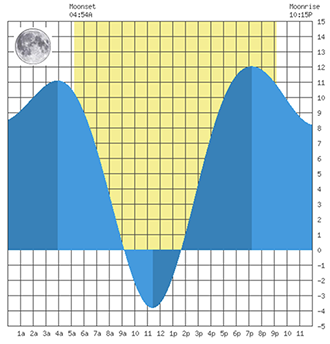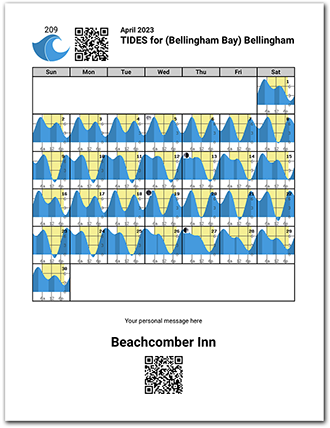

West Coast.
Alaska,
California,
Oregon,
Hawaii,
Washington
East Coast.
Connecticut,
Delaware,
Florida,
Georgia,
Maine,
Maryland,
Massachusetts,
New Hampshire,
New Jersey,
New York,
North Carolina,
Pennsylvania,
Rhode Island,
South Carolina,
Virginia,
Washington D.C.
Gulf Coast.
Alabama, Florida, Louisiana, Mississippi, Texas
Other.
Puerto Rico, Pacific Islands,

Click a tide calendar day to view it's large tide chart.


Add your hosts contact to a tide calendar you can print to your office 8.5x11 to share with your visitors.
